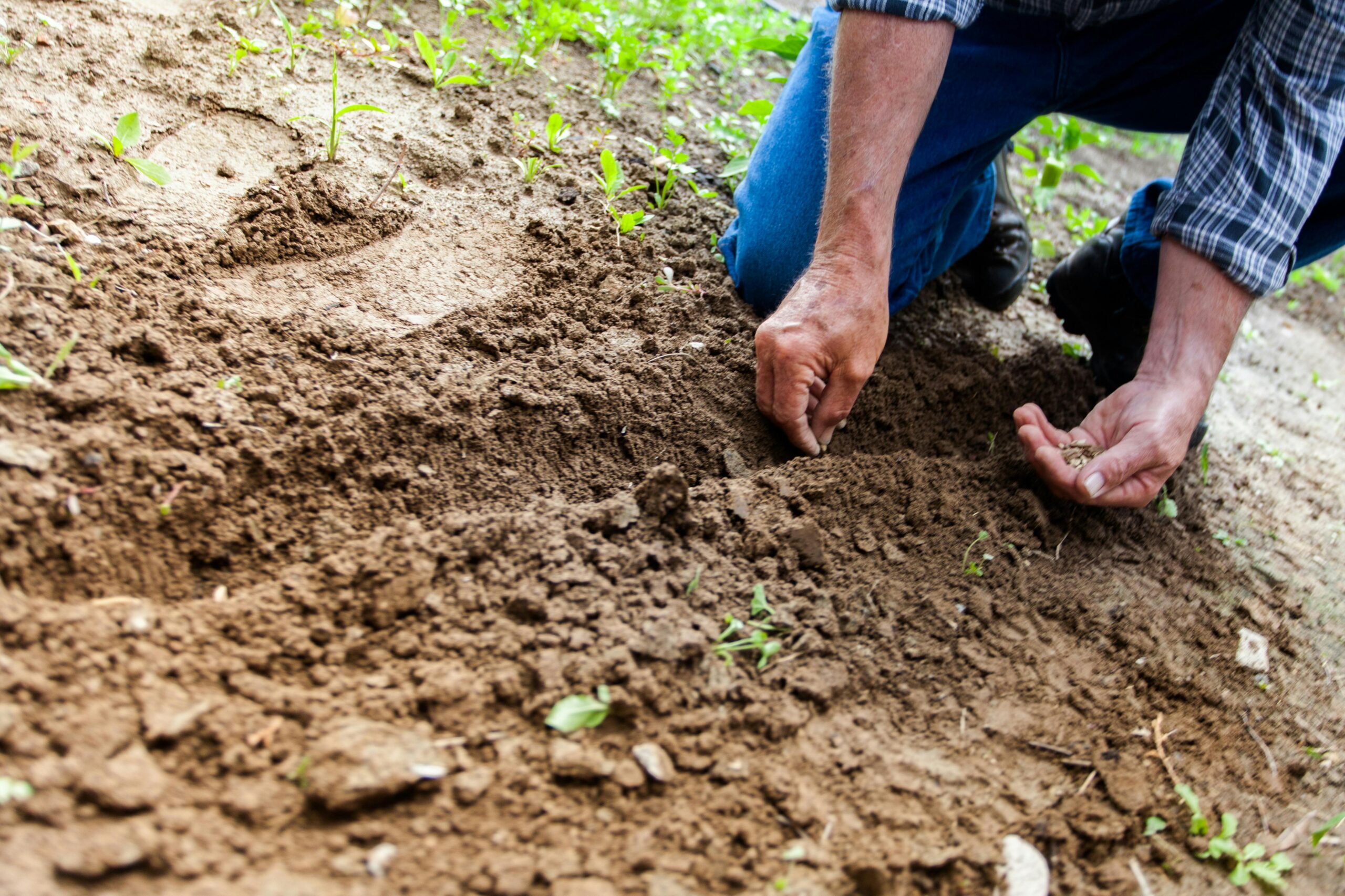Starting your own vegetable garden is a rewarding journey that connects you with nature while providing fresh, nutritious produce for your table. This beginner’s guide will walk you through the essential steps to create a thriving vegetable garden, from selecting the perfect location to harvesting your first crops. Whether you have a spacious backyard or just a small patio, you can successfully grow vegetables at home with some basic knowledge and a bit of planning. The satisfaction of eating vegetables you’ve grown yourself makes the effort worthwhile.
Choosing the Right Location
The foundation of a successful vegetable garden begins with selecting an appropriate location. Most vegetables require at least six hours of direct sunlight daily, so observe your yard throughout the day to identify the sunniest spots. Southern exposure typically provides optimal sunlight conditions for vegetable growth. Additionally, ensure your garden is easily accessible to water sources, as regular watering is essential for healthy plants. Avoid areas with strong winds that can damage delicate seedlings or areas that collect standing water after rain. If you’re looking to start a vegetable garden, beginners’ guides often emphasize location as the most critical factor in success.
Another consideration is proximity to your home. Gardens that are visible from your kitchen window or close to your house are more likely to receive regular attention. Remember that vegetable gardens require frequent monitoring for watering, weeding, and harvesting, so convenience matters. Many gardeners find that placing their garden near the kitchen makes it easier to incorporate fresh produce into daily meals.
Preparing Your Soil
Healthy soil is the lifeblood of your vegetable garden. Before planting, take time to prepare your soil properly. Start by removing grass, weeds, and debris from your chosen area. Test your soil’s pH and nutrient levels using a home testing kit available at garden centers or through local extension offices. Most vegetables prefer slightly acidic to neutral soil with a pH between 6.0 and 7.0.
Enhance your soil by adding organic matter such as compost, well-rotted manure, or leaf mold. These amendments improve soil structure, fertility, and drainage. Work the organic matter into the top 8-12 inches of soil. This process, called double-digging, may be labor-intensive but pays dividends in plant health and productivity. For those who find traditional in-ground gardening challenging, a raised garden bed setup offers an excellent alternative, allowing you to control soil quality from the start.
Selecting Vegetables for Beginners
When starting your first vegetable garden, focus on easy vegetables to grow at home. Beginners should select varieties that are relatively low-maintenance and have high success rates. Leafy greens like lettuce, spinach, and kale grow quickly and can be harvested multiple times. Root vegetables such as radishes, carrots, and beets are straightforward to grow and offer satisfying results. Tomatoes, while requiring more attention, are popular for beginners due to their productivity and flavor that far surpasses store-bought varieties.
Consider your climate and growing season when selecting vegetables. Cool-season crops like peas, broccoli, and cabbage thrive in spring and fall, while warm-season vegetables such as peppers, cucumbers, and zucchini need summer heat to produce. As noted on AskHomey, planning your garden according to your local climate conditions can significantly increase your chances of success.
Planting Techniques
Proper planting sets the stage for healthy growth and abundant harvests. Always refer to seed packets or plant labels for specific planting depths, spacing requirements, and timing. Generally, large seeds like beans and corn are planted deeper than tiny seeds such as lettuce or carrots. Maintain appropriate spacing between plants to ensure adequate airflow, which helps prevent disease and allows plants to access necessary nutrients.
Consider succession planting—sowing small amounts of seeds every two to three weeks—to extend your harvest season. This technique works particularly well for crops like salad greens, radishes, and beans. When transplanting seedlings, handle them gently by their leaves rather than stems, which are more fragile. Water thoroughly after planting to help establish root systems and reduce transplant shock.
Watering and Maintenance
Consistent watering is crucial for vegetable garden success. Most vegetables need about one inch of water per week, including rainfall. Deep, infrequent watering encourages roots to grow downward, creating stronger plants. Water at the base of plants early in the morning to minimize evaporation and fungal issues. Drip irrigation systems or soaker hoses provide efficient watering solutions that deliver moisture directly to the soil.
Regular maintenance includes weeding, which should be done frequently before weeds compete with your vegetables for nutrients and water. Apply mulch around plants to suppress weeds, retain moisture, and regulate soil temperature. Organic mulches like straw, shredded leaves, or grass clippings also break down over time, adding nutrients to the soil. Monitor for pests and diseases regularly, addressing problems early with organic solutions whenever possible.
For more tips and to connect with reliable home service professionals, follow AskHomey on Facebook and Instagram.



